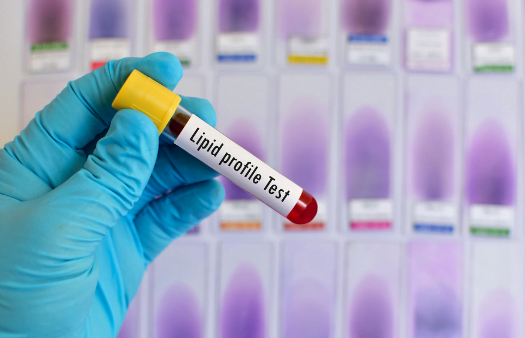HDL and LDL Lipoprotein Testing in Companion Animal Diagnostics
In the realm of companion animal diagnostics, understanding cardiovascular health is paramount. HDL (High-Density Lipoprotein) and LDL (Low-Density Lipoprotein) lipoproteins play a critical role in cholesterol transport within an organism’s body. This service pertains to the comprehensive testing of these lipoproteins for dogs and cats, aiding veterinarians and pet owners in making informed decisions regarding health management.
Companion animal lipid profiles provide insights into potential risks of cardiovascular disease (CVD). Elevated LDL levels can indicate excess cholesterol that may lead to plaque formation in arteries. On the other hand, low HDL levels suggest a reduced capacity for removing excess cholesterol from tissues and transporting it back to the liver for excretion. These factors underscore why accurate measurement is essential.
The service involves several key steps starting with specimen collection—typically blood samples are drawn using appropriate veterinary techniques. Proper handling of specimens is crucial; this includes immediate separation into plasma or serum layers, depending on the assay used. Next comes sample preparation which often includes centrifugation followed by aliquoting and storage under controlled conditions.
Instrumentation plays a vital role in this diagnostic process. Automated analyzers are commonly employed due to their precision and efficiency. They can measure multiple parameters simultaneously reducing turnaround time significantly. Reporting is detailed, including quantitative values for both HDL-C (cholesterol) and LDL-C alongside other relevant indices such as total cholesterol, triglycerides, and non-HDL-C.
Understanding the standards associated with this testing ensures accurate and reliable results. The International Federation of Clinical Chemistry and Laboratory Medicine (IFCC) recommends specific reference intervals for companion animals based on age, breed, and sex. These guidelines help clinicians interpret test outcomes correctly.
| Applied Standards |
|---|
| The service adheres to IFCC recommendations regarding interpretation of lipid profile results in dogs and cats. |
| We follow US FDA regulations for veterinary diagnostic tests ensuring compliance with international best practices. |
| Our methods comply with ISO 15189 quality management systems, emphasizing robustness and accuracy. |
The importance of this service cannot be overstated. Accurate identification of lipid abnormalities enables early intervention strategies aimed at preventing or managing CVD effectively. For instance, dietary modifications, supplementation with omega-3 fatty acids, exercise regimens tailored to individual needs—these are all supported by precise laboratory data.
Moreover, periodic monitoring helps track improvements in health status over time. Early detection allows for more effective treatment plans leading to better quality of life for our furry companions.
Applied Standards
- The service complies with IFCC recommendations regarding interpretation of lipid profile results in dogs and cats.
- We follow US FDA regulations for veterinary diagnostic tests ensuring compliance with international best practices.
- Ongoing adherence to ISO 15189 quality management systems emphasizing robustness and accuracy.
Benefits
- Early detection of potential cardiovascular risks through precise measurement.
- Precision in guiding treatment options based on accurate laboratory data.
- Support for tailored health management plans including diet, exercise, and medication.
- Periodic monitoring to assess efficacy of interventions and adjust as necessary.
- Comprehensive insights into overall cardiovascular health status.
Quality and Reliability Assurance
The service is designed with quality and reliability assurance at its core. Rigorous calibration procedures ensure all instruments operate within specified tolerances. Regular maintenance schedules coupled with proficiency testing further enhance the precision of each assay.
Data integrity is maintained through strict adherence to standard operating procedures (SOPs) throughout every stage from specimen collection to final reporting. Continuous training programs for staff keep them up-to-date with latest methodologies and best practices.





